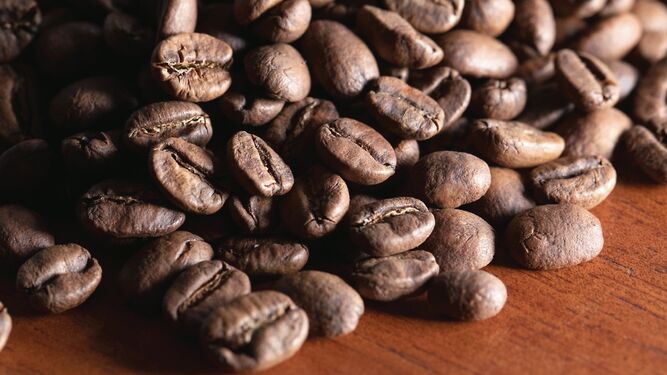Newsroom Panama reports on coffee news.
The value of Panama coffee exports fell 38.3% to $1.5 million in the first quarter of 2019 largely due to falling prices.
Between January and March of 2019, 222,000 kilograms of coffee were exported, 22.7% less than t in the same period last year, according to figures from the Comptroller General
“Panama is ahead in the global coffee positioning race, but let’s recognize that there are already other countries that are strongly developing geisha coffee,” said Gerardo Escudero Inter-American Institute for Cooperation on Agriculture (IICA)
The decrease in exports is due to a drop in the prices paid for a quintal of coffee in the international market. Since last November, the price of a quintal of rubiacea in international markets is lower than the value paid in Panama, so local coffee growers have preferred to market their coffee in the country, said Alexis Bonilla , in charge of the Ministry’s Coffee Program of Agricultural Development (MIDA).
The price of a quintal of coffee in the New York Stock Exchange, reference price for grains in the region, has oscillated since November 2018 between $87.60 and $100 . While in Panama the roasters buy a quintal of Arabica coffee at$ 120 and some between $160 and $200.
Escudero,, said that the fall in the international price of coffee is a situation that is affecting all producers in the region, Panama’s coffee offer is low compared to the region, but it has very special grains, such as the geisha, which is quoted at very high prices.
In the latest electronic auction The Best of Panama , the Taiwanese Black Gold Coffee Co. acquired one pound of natural geisha coffee, Elida Geisha Green Natural Tip, produced by the Lamastus family the record price of $ 803.
The production of specialty coffees accounts for 20% of the grain production in the country, however, this production in the hands of small coffee farmers who also receives better prices than the one paid in international markets, explains Escudero.
Today, Panama is known much more for the quality of its coffee, than for the Canal. However, there is an urgent need to improve the cultivation methods of the majority of small producers in the country.
Panama is not alone in the cultivation of the geisha Africa and Central American countries are already growing geisha coffee, warns the representative of IICA.
It is essential that small coffee farmers provide greater added value to the grain. The quality of coffee is largely developed in the phase of profit, drying, and roasting. Only then can they be more competitive and obtain greater profitability in international markets, recommends Escudero.
